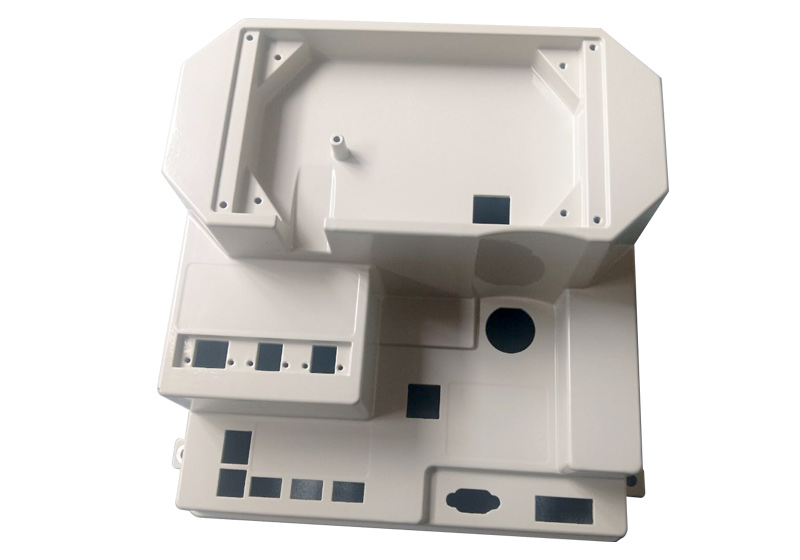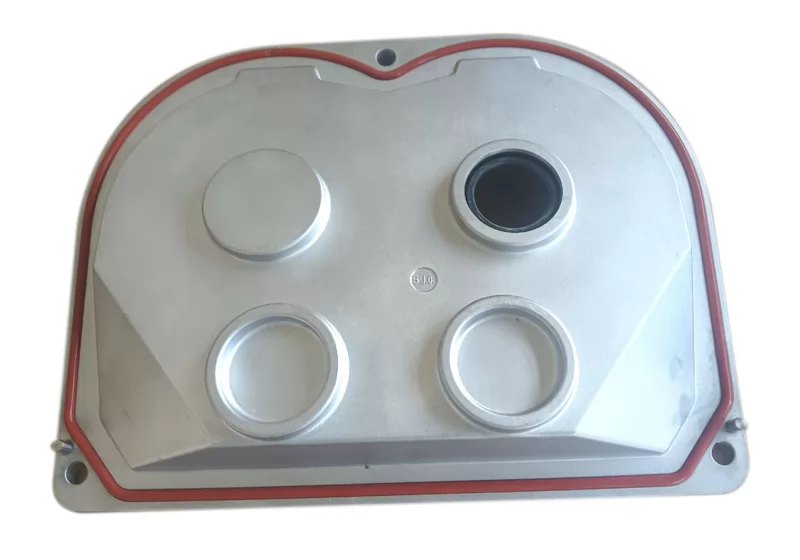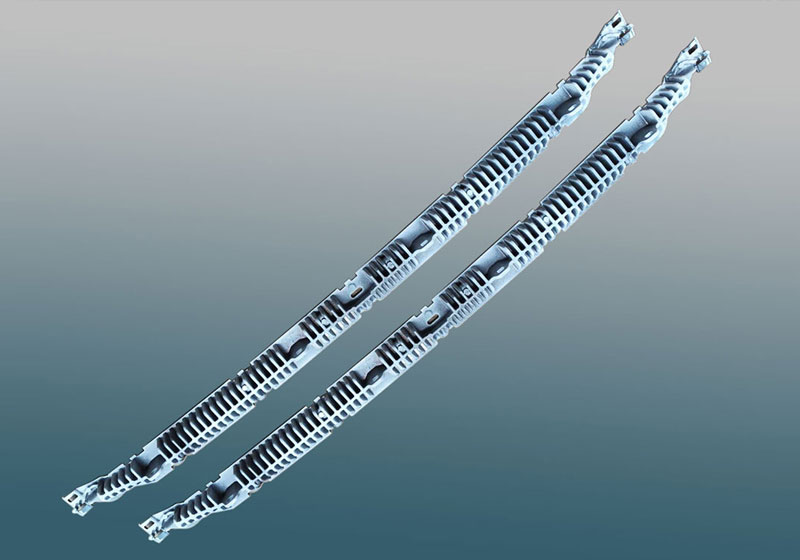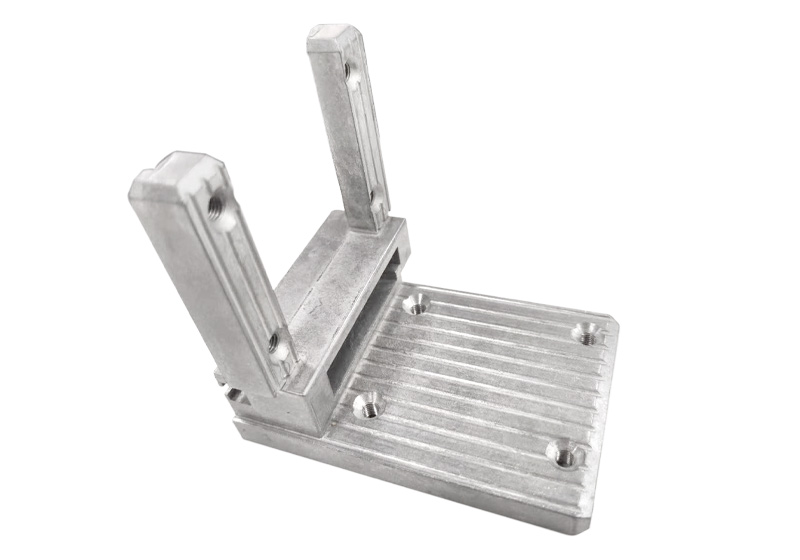| Parameter | Value |
|---|---|
| Part Name | Automotive Heatsink Housing Castings |
| Material | EN AC46000 |
| Size | 160 × 120 × 90 mm |
| Weight | 290g |
| Process | High pressure die casting + CNC machining |
| Surface Finish | Vibratory Finishing |
| Min. Thickness | 2.5mm |
| Dimensional Tolerances | ISO 2768-mk |
| Surface Roughness | Ra 6.3µm |
| Application | Automotive parts |
| Certification | IATF 16949-2016 |
This was a custom-designed automotive heat sink shell tasked with multiple functions, including component protection, interfacing with different structures, as well as providing support and heat dissipation.
1. Product Standards & Requirements: Material: ALSI9CU3; General dimensional tolerance grade: ISO 2768-mK; Local flatness: 0.05; Flawless appearance (surface roughness Ra6.3µm); No internal defects. PPAP approval must be completed and passed before formal mass production.
2. Product Challenges: The casting is a hollow shell structure with internal and surface grating fins. Main wall thickness: 3mm; Local wall thickness: 2.5-4mm; The exterior features slanted edges, sharp corners, and slender pins; Some structures are prone to breakage; The overall part exhibits complex internal structures and external geometry, posing high requirements for mold design.
Risk Keywords: Complex structure, Fracture, Cold shut
The overall project presented a significant challenge, particularly testing our capabilities in mold design and quality control.
Following the core methodology of the internationally advanced IATF 16949 standard - Advanced Product Quality Planning (APQP), we formed a project development team comprising mold designers, casting engineers, machining engineers, measurement engineers, quality engineers, and sales. Focusing on quality, we entered the comprehensive product development process.
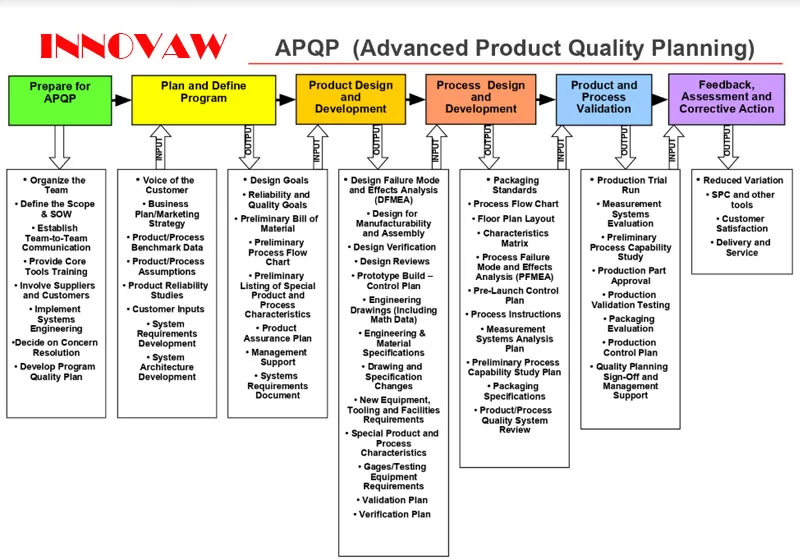
The first step involved DFM analysis to thoroughly understand and optimize certain product details for enhanced manufacturability, establishing mutually agreed-upon technical specifications and quality standards with the customer.
Considering the application environment and performance requirements of this automotive heat sink, the shell material was confirmed as ALSI9CU3. Based on the material properties and the core design elements of the product, the process route of high-pressure die casting (HPDC) + CNC precision machining was ultimately determined, balancing technical feasibility, quality stability, and cost control.
Subsequently, technical engineers performed mold simulation and mold flow analysis to predict and optimize various challenges and process parameters. A die-casting simulation analysis report was provided to the customer, and preliminary Process Flow Charts and Control Plans were established.
Finally, the plan was gradually validated, and issues were identified and resolved in the subsequent practical stages.
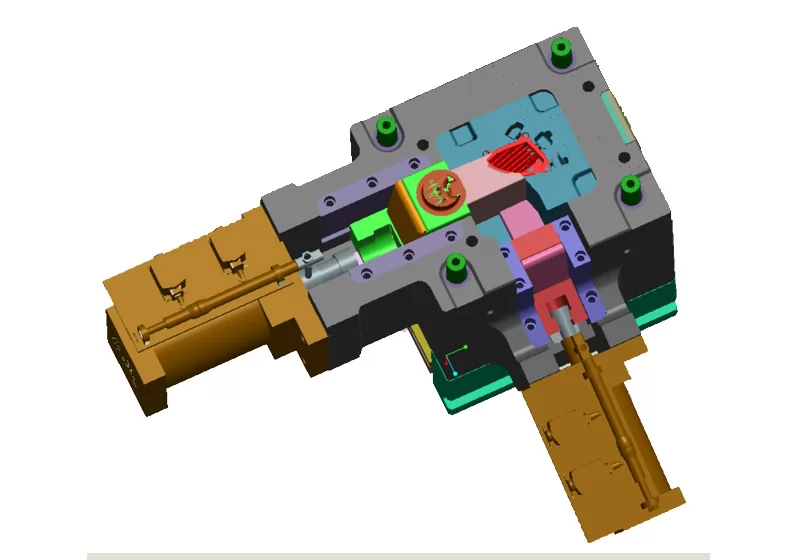
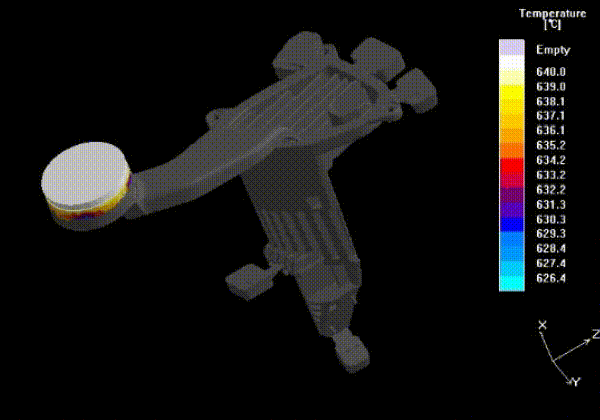
Starting from mold manufacturing, the project entered the actual manufacturing phase. Our company proceeded according to the initial Process Flow Chart, established the Control Plan, and applied FMEA tools for risk analysis and assessment of various potential failure modes. The main key issues encountered during the actual manufacturing process were as follows:
Given the structural particularity of this casting and leveraging our experience in multi-slider mold design, a dual-slider mold design was determined. During the first trial mold run, 50 samples were produced. Project inspection engineers found fracture marks on the slender pins on the product surface. Further inspection revealed potential breakage risks for pins in different locations, with a statistical reject rate reaching 40%.
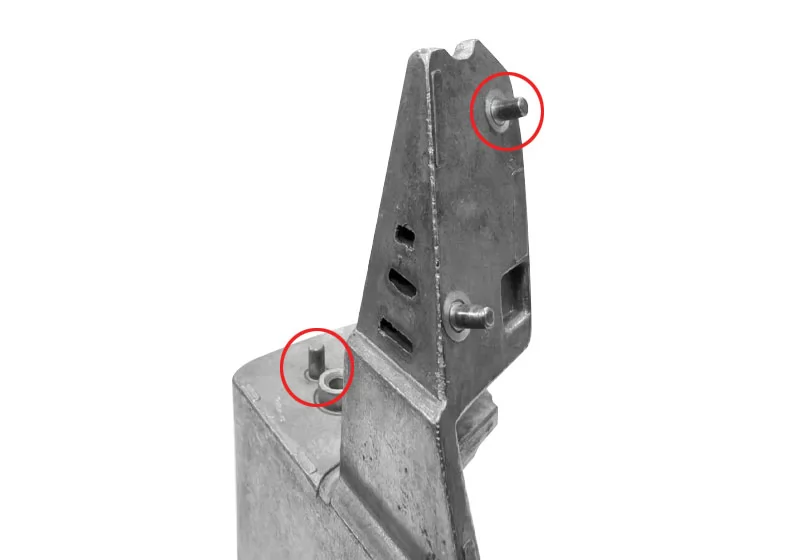
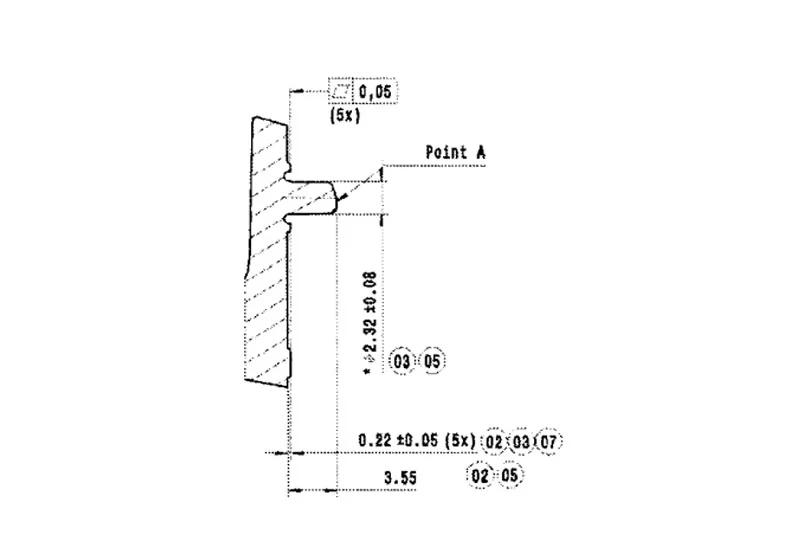
Facing this issue, the technical team organized a dedicated technical discussion and conducted a detailed analysis of the defect distribution. The root cause was identified: the small pin size meant even slight angular deviations in the two sliders would cause uneven stress on the slender pins. Two solutions were discussed:
1. Increase the slender pin size and address it via subsequent CNC machining. Lower difficulty but increased cost.
2. Directly improve the mold design to precisely control slider accuracy, requiring zero deviation. Higher difficulty but more benefits long-term.
Ultimately, leveraging our profound expertise in high-pressure mold design, the team adopted the second solution. Improvements were made in mold layout, mold sliders, and ejector pin layout, resolving the slender pin issue.
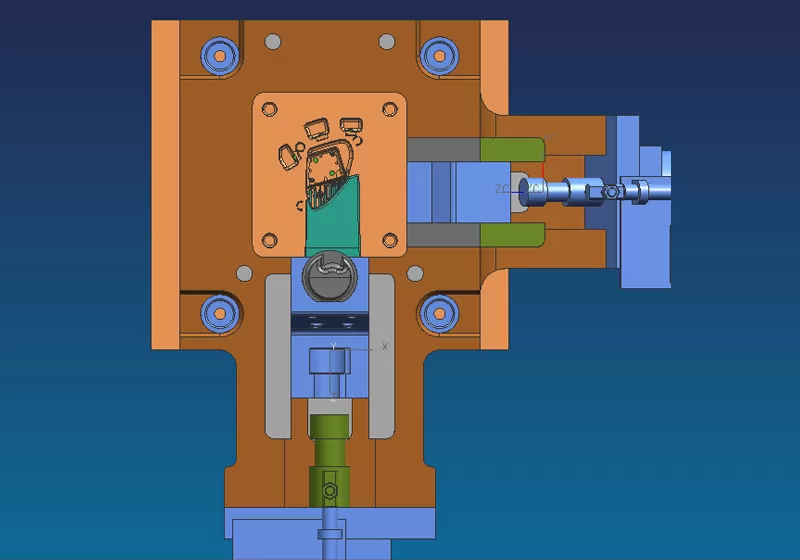
Through multiple validation batches totaling over a thousand parts, inspection engineers confirmed the product qualification rate increased from the initial 60% to 98%. Post-improvement, there were zero customer complaints.
During the actual sampling of this automotive heat sink, engineers observed surface cold shuts on some samples, constituting a surface defect. The technical team analyzed and assessed the causes of the cold shuts, reviewing factors such as aluminum melt temperature, mold temperature, gate design, filling speed, and venting. It was ultimately determined that the die casting parameter settings were. Engineers subsequently primarily adjusted the automatic injection speed (60-80%) and intensification position (280±10mm) settings. Ultimately, the cold shut issue was resolved.
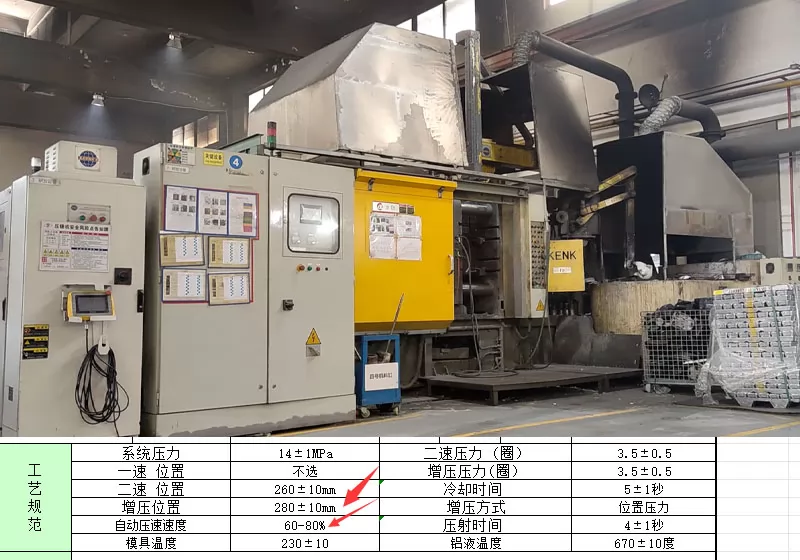
During the actual sampling process, the following additional issues were discovered:
1. Local cracking, mainly at the fin connections and shell outer wall.
2. Product surface blackening/mildewing.
3. Local step formation.
4. Local insufficient filling of the casting.
5. Local deformation issues.
Addressing these quality issues, the team utilized extensive aluminum die casting development experience to resolve them one by one through mold modifications, adjustments to die casting parameters, polishing, etc. The discovery, causes, countermeasures, and results for these issues were documented in SPC, FMEA, Control Plans, Work Instructions, and other documents to ensure the same problems would not recur.
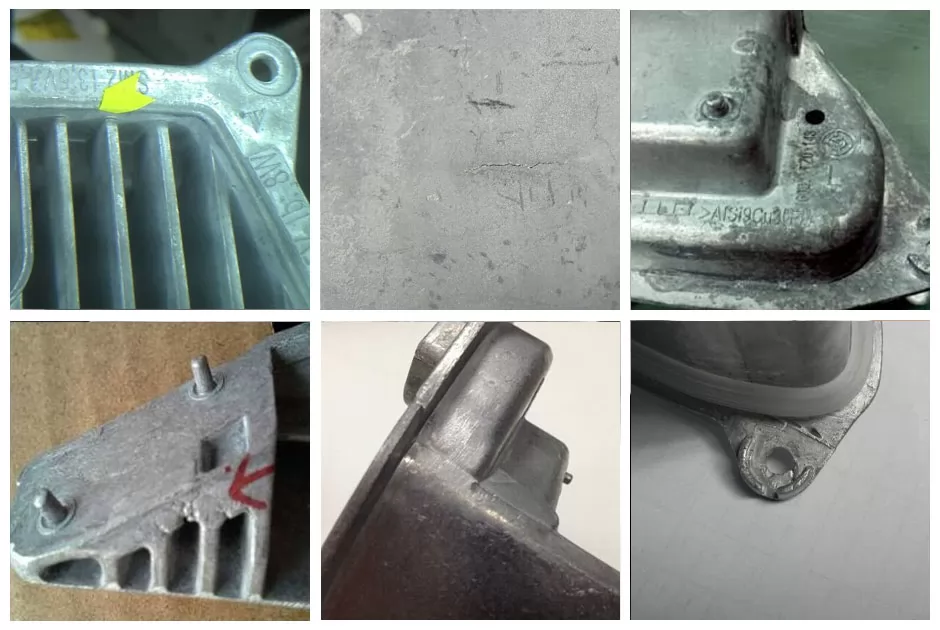
The entire development process was a systematic procedure of identifying and controlling quality risks while continuously optimizing the process. The dedicated automotive heat sink project team leveraged rich experience and solid technology to conduct technical reviews and repeated verification at every process step, systematically identifying and tackling potential risk points. The team's quality engineers strictly adhered to the IATF 16949 quality system, implementing the full APQP process requirements to achieve full-process quality control. Throughout the process, various standardized documents and practices such as FMEA, SPC, MSA, and Control Plans were established and executed to prevent potential process risks, quality risks, and control quality variation. Finally, PPAP documentation was established and approved by the customer, laying a solid foundation for formal mass production.
The process included first-article inspection, in-process inspection, and outgoing inspection, establishing complete inspection data retention to ensure all quality data is traceable and verifiable.
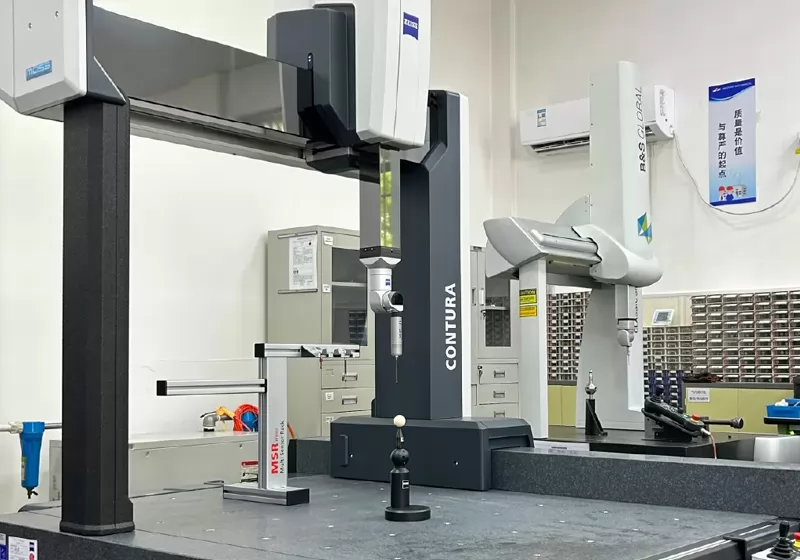
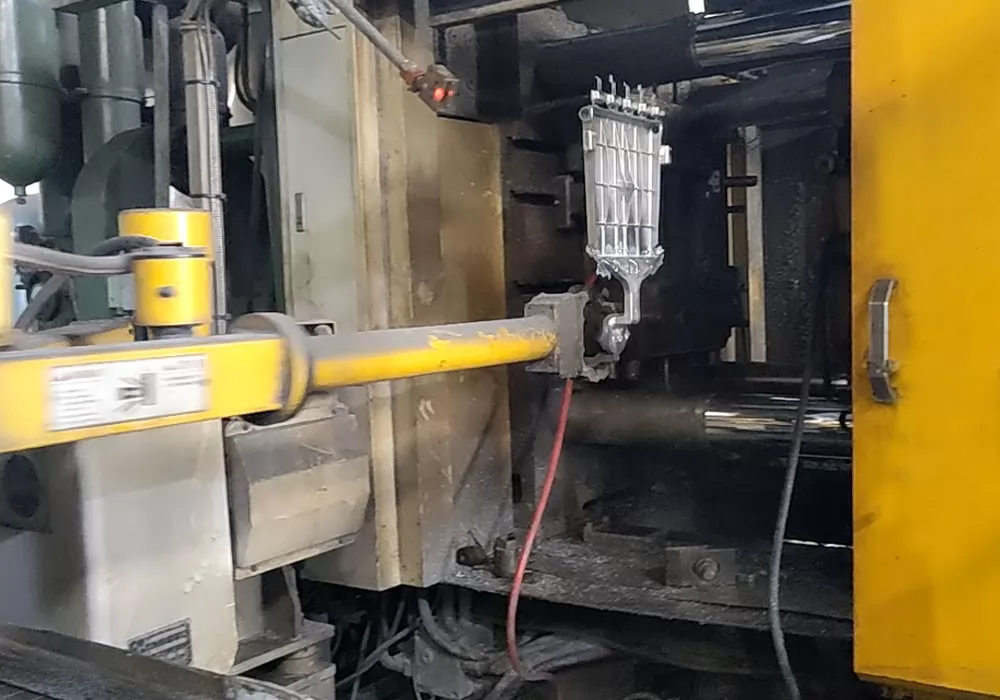
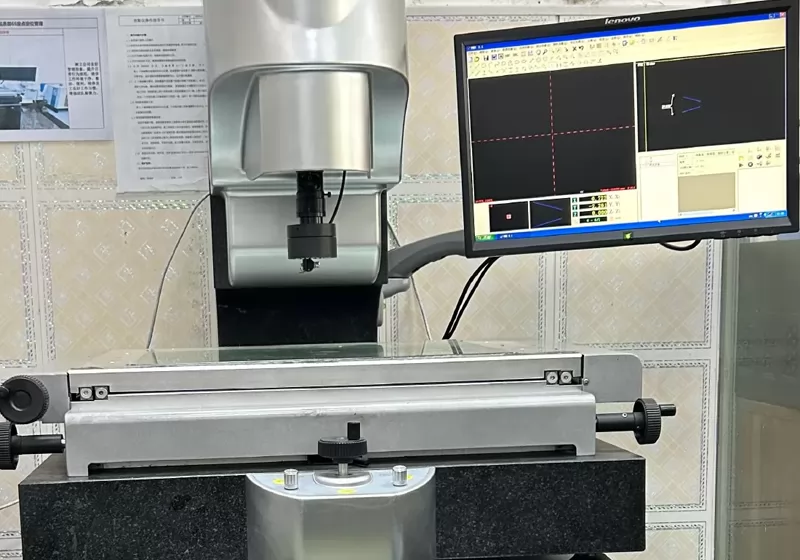
Finished Product Metrics:
1. Dimensional Accuracy: Including flatness, perpendicularity, and over 50 dimensional standards, all met.
2. Surface Quality: Met standards.
3. PPAP completed and approved by the customer.
The development of this aluminum die-cast heat sink component by Innovaw, characterized by its high technical complexity and stringent comprehensive performance requirements, served as a testament to the manufacturer's overall capabilities. Leveraging our profound expertise in high-pressure die casting, precision CNC machining capabilities, and an excellent quality management system consistently implemented throughout the process, we successfully overcame the challenges and delivered a high-quality product that met and even exceeded customer expectations. This fully demonstrates our casting development team's professional capabilities in systematic problem-analysis and rapid closed-loop improvements for complex structural components.
Mould making → Melting → High Pressure Die Casting → Cutting the sprue and riser → Deburring → Drilling → Reaming of pin holes → Vibratory Finishing → Packaging & inspection
We ask for 3D models or detailed 2D drawings. Samples may also be provided for pricing purposes. Please also provide specific details such as the product quantity, annual demand, raw materials, and dimensional tolerances. We accept 3D models in .PRT and .SLDPRT formats, as well as neutral formats such as .IGS, .STP, and .X_T.
100
Because the customer's product demand and complexity is different, need to use different die-casting or casting process, so the delivery time is not the same, we will be with the customer before booking the contract for delivery time confirmation. tooling lead time: 5-8weeks according to different parts; first samples lead time: 1-3weeks after tooling ready. mass order lead time: 5-7weeks
we will use 8D tool to process customer's complaint, define root cause and improvment actions.
